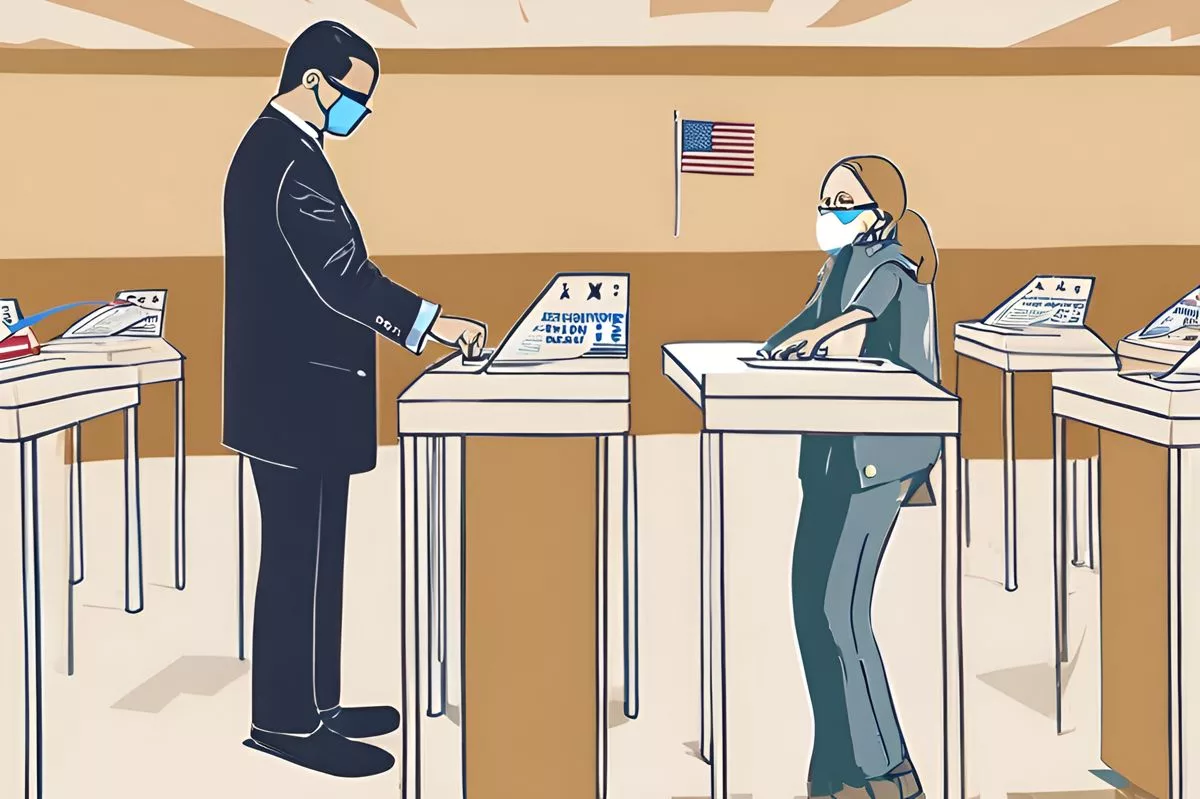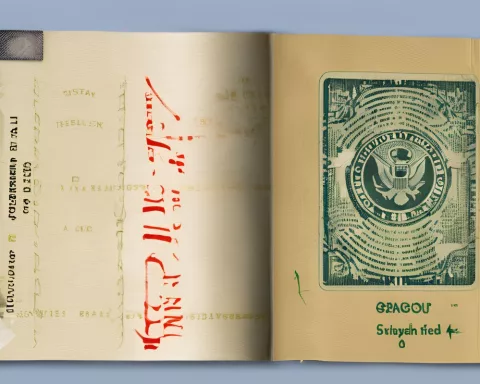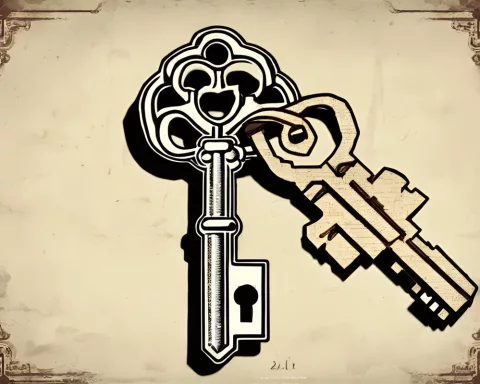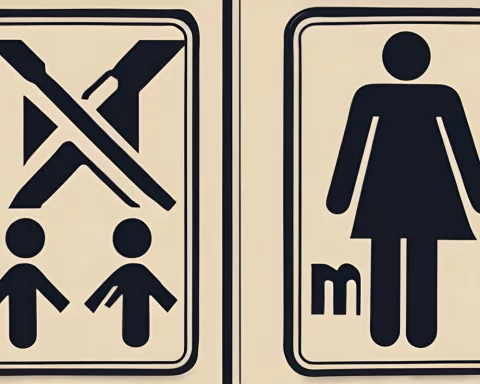The Universal Ballot Template (UBT) is a voting aid designed for individuals with disabilities or special needs, enabling them to cast a confidential and autonomous vote. This innovative solution was devised by the South African Independent Electoral Commission (IEC) in collaboration with the South African National Council for the Blind (SANCB). The UBT incorporates a hard black plastic design with high contrast, into which a standard ballot paper can be inserted, allowing the voter to cast a vote in a simple and seamless process while maintaining the voting integrity. The UBT stands as a testament to the power of innovation to overcome hurdles and ensure that the fundamental pillar of democracy, the right to vote, is genuinely universal.
What is the Universal Ballot Template and How Does it Work?
The Universal Ballot Template (UBT) is a voting aid designed to enable individuals with disabilities or special needs to cast a confidential and autonomous vote. The UBT incorporates a hard black plastic design with high contrast, into which a standard ballot paper can be inserted. When the ballot paper is placed inside the template, each window corresponds to a particular candidate or party. The design ensures the voter can cast a vote in a simple and seamless process while maintaining the voting integrity.
Shaping Democracy for Everyone
The heart of any strong democracy is the inalienable right of every citizen to vote. Nevertheless, particular groups such as those with disabilities or special needs often face obstacles when exercising this fundamental right. Bearing this in mind, South Africa’s Independent Electoral Commission (IEC), in conjunction with the South African National Council for the Blind (SANCB), has devised a revolutionary solution – the Universal Ballot Template (UBT).
The UBT is a cutting-edge voting aid designed specifically to cater to individuals with disabilities or special needs encompassing dyslexia, visual impairments, deafness, as well as those with a low literacy level and the elderly. Unlike a Braille ballot paper, the UBT incorporates a hard black plastic design with high contrast, into which a standard ballot paper can be inserted. It is moreover suitable for individuals with motor and nervous conditions, truly reflecting the ‘universal’ in its title.
The UBT: A Breakthrough in Voting Assistance
The IEC’s spokesperson, Kate Bapela, explains the function of the UBT. “When the ballot paper is placed inside the template, each window corresponds to a particular candidate or party. This design enables the voter to cast a confidential and autonomous vote,” she described.
The UBT’s innovative role extends beyond the polling station. It also propels community education and inclusion. Local representatives of the IEC are committed to carrying out voter education and registration within communities. Additionally, organizations such as Blind SA are making efforts to ensure voting accessibility. Registered as an election observer in 2019, Blind SA provides training on how to use the UBT for blind and partially sighted individuals, as shared by Lerato Jiyane from Blind SA.
Using the UBT: A Simple and Seamless Process
The process of using the UBT to cast a vote is simple. Once the ballot paper is handed to the voter, it is placed into the UBT. A voting official then clearly and audibly explains the arrangement of the parties or candidates on the ballot, making sure the numerical order is comprehensible.
Protection of Voting Integrity
As part of its continued commitment to inclusivity, the IEC has clarified that voters with disabilities or special needs can request help from a companion to mark their ballot paper. Such a companion must be at least 18 years old and should not be a party agent, candidate, or observer, thus maintaining the integrity of the vote.
In cases where a voter does not have a companion, the IEC has arrangements in place for assistance. The voting official or presiding officer can provide help, preferably in the presence of two party agents from different parties and one certified observer. If such witnesses are not available, the officer can provide help in their absence.
A Testament to the Power of Innovation
The groundbreaking UBT by the IEC and SANCB stands as a testament to the power of innovation to overcome hurdles. It is an exemplary illustration of how a nation can adapt and evolve to ensure that the fundamental pillar of democracy, the right to vote, is genuinely universal. It demonstrates how policy, design, and empathy can intersect to generate something that empowers individuals, encourages inclusivity, and fortifies democracy.
1. What is the Universal Ballot Template (UBT)?
The Universal Ballot Template (UBT) is a voting aid designed to enable individuals with disabilities or special needs to cast a confidential and autonomous vote. The UBT incorporates a hard black plastic design with high contrast, into which a standard ballot paper can be inserted.
2. How does the UBT work?
When the ballot paper is placed inside the template, each window corresponds to a particular candidate or party. The design ensures the voter can cast a vote in a simple and seamless process while maintaining the voting integrity.
3. Who can benefit from the UBT?
The UBT is designed specifically to cater to individuals with disabilities or special needs encompassing dyslexia, visual impairments, deafness, as well as those with a low literacy level and the elderly. It is also suitable for individuals with motor and nervous conditions.
4. How is the voting process using the UBT?
Once the ballot paper is handed to the voter, it is placed into the UBT. A voting official then clearly and audibly explains the arrangement of the parties or candidates on the ballot, making sure the numerical order is comprehensible.
5. How is the voting integrity protected when using the UBT?
Voters with disabilities or special needs can request help from a companion to mark their ballot paper. Such a companion must be at least 18 years old and should not be a party agent, candidate, or observer, thus maintaining the integrity of the vote. In cases where a voter does not have a companion, the voting official or presiding officer can provide help, preferably in the presence of two party agents from different parties and one certified observer.
6. What does the UBT represent?
The groundbreaking UBT by the IEC and SANCB stands as a testament to the power of innovation to overcome hurdles. It is an exemplary illustration of how a nation can adapt and evolve to ensure that the fundamental pillar of democracy, the right to vote, is genuinely universal. It demonstrates how policy, design, and empathy can intersect to generate something that empowers individuals, encourages inclusivity, and fortifies democracy.












